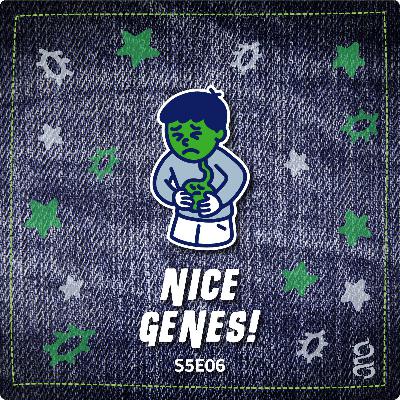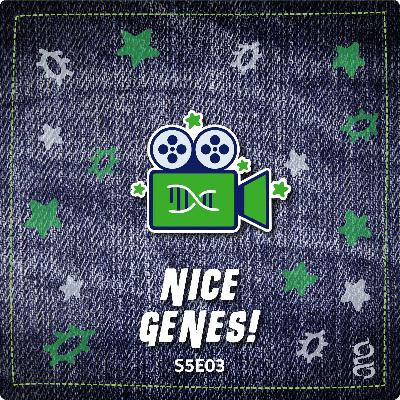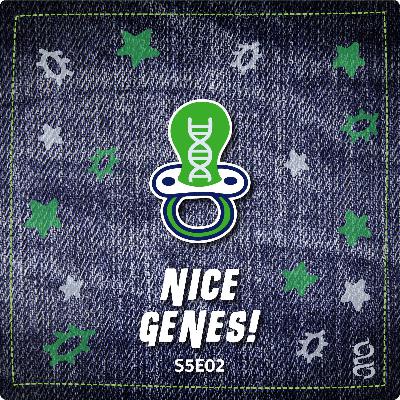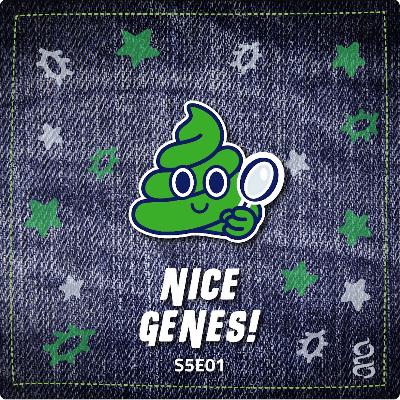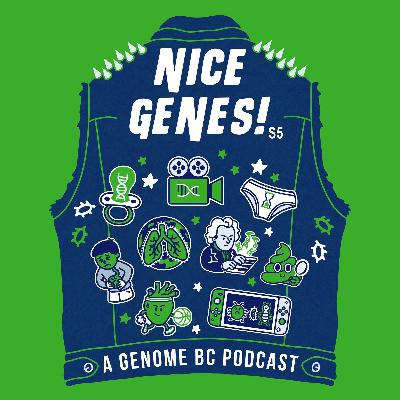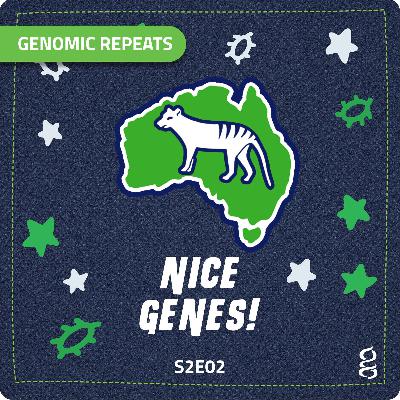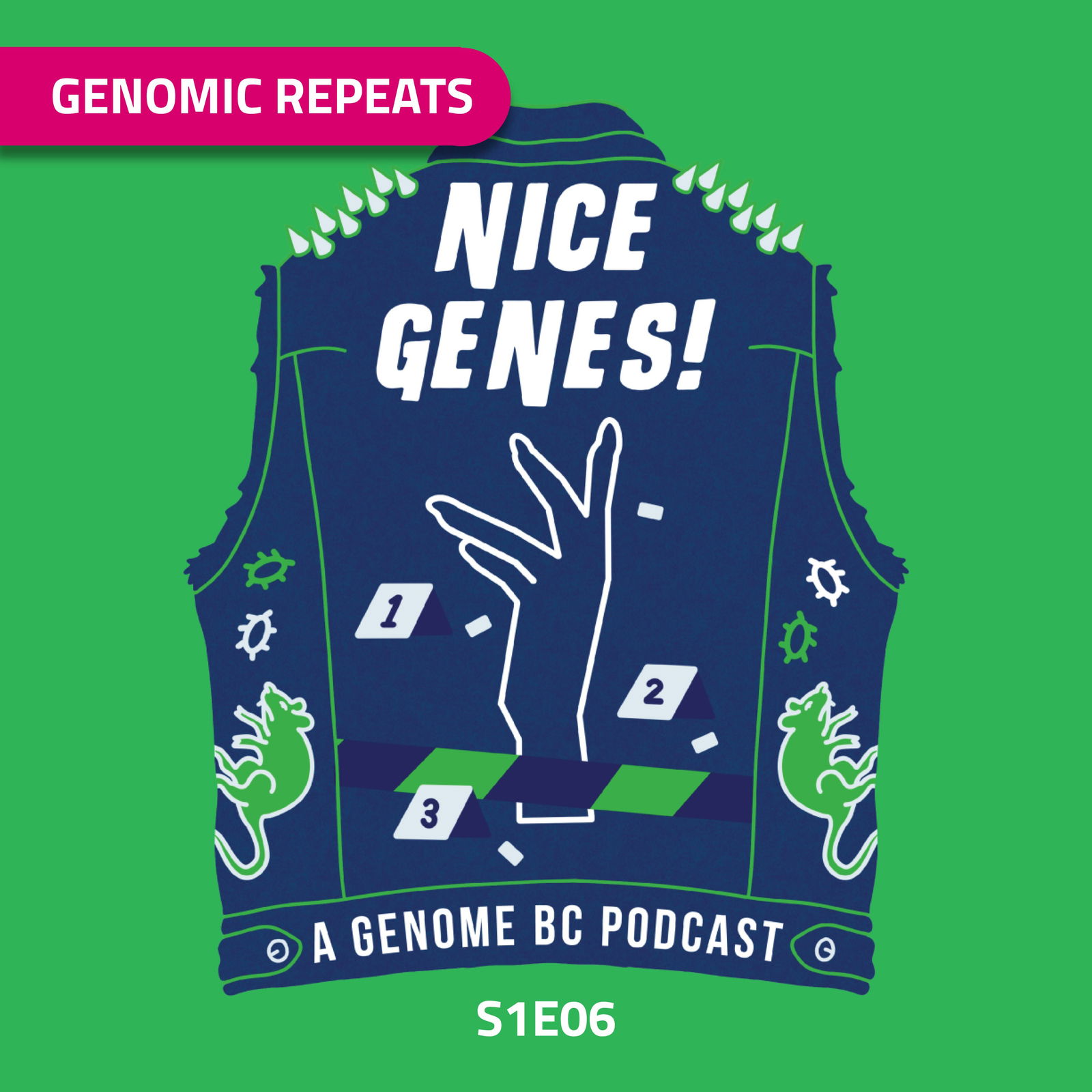Lost but Found
Description
Forensic Methods in Disaster Recovery
Content warning: this episode discusses forensic science and the identification of human remains that may not be suited for all audiences.
Natural disasters can strike without warning. And when they do, they can leave destruction, displacement, and loss of life in their wake. First responders rush to help those in need, while forensic scientists face the difficult but incredibly important task of identifying human remains– a process known as Disaster Victim Identification (DVI).
In this episode, we’re going back to 2004, to the largest DVI event in recent history. Host Dr. Kaylee Byers sits down with Chief Forensic Odontologist Dr. Dirk van der Meer as he shares his first-hand experiences of helping identify victims following the devastating tsunami in Thailand. Then, how are genomics reshaping forensic identification today? We head to Australia to hear from Dr. Dadna Hartman about a new tool that’s offering answers—and closure—to families, faster than ever. Join us for a behind-the-scenes look at the important and fascinating world of forensic science.
–
Highlights
(6:51 ) On the scene after the tsunami
(16:01 ) A speedy genomic tool
(23:00 ) Beyond the science
Learn-a-Long: https://bit.ly/426bd8Y
Resources:
1.2004 Indian Ocean earthquake and tsunami: Facts and FAQs- World Vision
2. The 10 most significant natural disasters worldwide by death toll from 1950 to 2022- Statista
3. Disaster Victim Identification (DVI)- Interpol
4. Forensic odontology in DVI: current practice and recent advances- Forensic Sciences Research
5. Rapid DNA from a disaster victim identification perspective: Is it a game changer?- Forensic Science International





